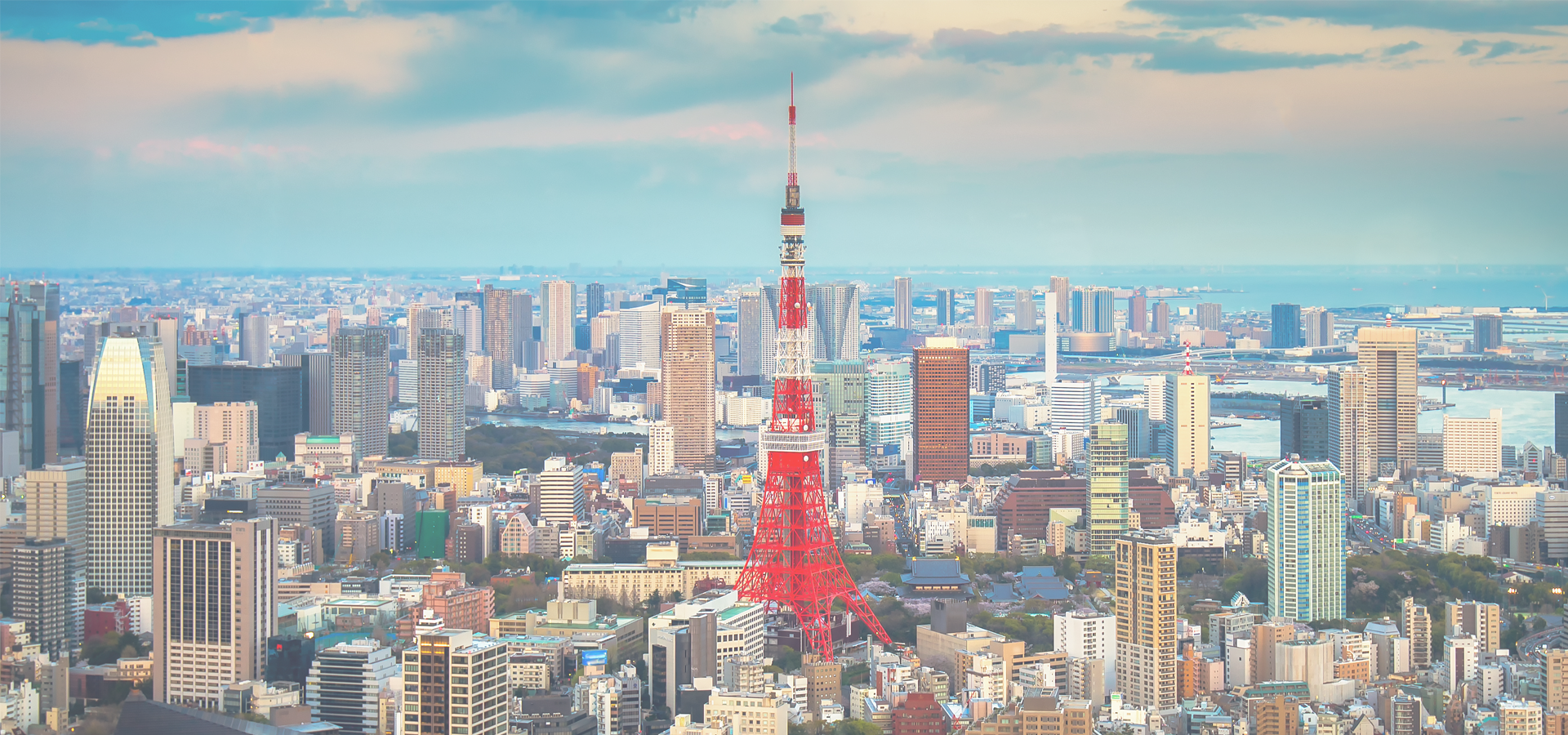Hagi, Yamaguchi Prefecture, Chūgoku Region, Japan
🇯🇵 Hagi (萩市) is a city located in Yamaguchi Prefecture, Japan, which was incorporated on July 1, 1932.
Geography Facing the Sea of Japan on one side and being surrounded by mountains on three sides, the centre of Hagi is located on one of the largest delta areas in Japan. The Abu River splits into two, forming the Hashimoto River and the Matsumoto River. Outlying islands include Mishima, Oshima, Aishima, Hitsushima, Hashima, Hisima, and Oshima. of which Ainoshima and Hitsushima are inhabited.
Neighboring municipalities Yamaguchi Prefecture • Yamaguchi • Nagato • Abu; Shimane Prefcture • Masuda • Tsuwano.
Population One of the factors underlying the continual decrease of population is said to be its poor public transport. Industry did not grow at all and the rapid economic growth of Japan only caused the town to decline. But it also kept the traditions alive and the traditional look of the town preserved.
History The area of Hagi was part of ancient Nagato Province. During the [[Muromachi period, the Yoshimi clan built a minor fortification at a fishing village where the city is now located. During the Edo Period, the area was the centre of Chōshū Domain, with the Mōri clan ruling as daimyō from their stronghold at Hagi Castle for 250 years. The samurai of Chōshū Domain played a major role in the Meiji restoration of the 1860s, and many leaders of the Meiji government came from this city. The Hagi Rebellion of 1876 was staged by former samurai unhappy with the changes to their status under the new regime. The town of Hagi within Abu District, Yamaguchi was established on April 1, 1889 with the creation of the modern municipalities system. Hagi was raised to city status on July 1, 1932.
On March 6, 2005, Hagi absorbed the towns of Susa and Tamagawa, and the villages of Asahi, Fukue, Kawakami and Mutsumi (all from Abu District) to create the new, expanded city of Hagi.
Government Hagi has a mayor-council form of government with a directly elected mayor and a unicameral city council of 20 members. Hagi, collectively with the town of Abu, contributes two members to the Yamaguchi Prefectural Assembly. In terms of national politics, the city is part of the Yamaguchi 3rd district of the lower house of the Diet of Japan.
Military Hagi is home to the Ground Self-Defense Force's Mutsumi Training Area, and is a proposed installation site for the Aegis Ashore missile defense system.
Economy The main industries in Hagi are tourism, agriculture and commercial fishing. Industrial development has been greatly hampered by poor transportation and logistics connections, although a number of industrial parks have been established.
Education Hagi has 20 public elementary schools and 14 public junior high schools operated by the city government, and two public high schools operated by the Yamaguchi Prefectural Board of Education. There are also one private junior high school and one private high school. The prefecture also operated one special education school for the handicapped. The Yamaguchi University of Human Welfare and Culture is located in Hagi.
Transport The development of the transportation network in Hagi is the slowest in Yamaguchi Prefecture, and access to Shinkansen, expressway networks, and airports is particularly inconvenient. The nearest Shinkansen station, Shin-Yamaguchi is about an hour away by bus, and the nearest airport, Iwami Airport in Masuda, Shimane Prefecture is also an hour away.
Transport: Rail JR West (JR West) - San'in Main Line • Esaki - Susa - Utagō - Kiyo - Nago - Nagato-Ōi - Koshigahama - Higashi-Hagi - Hagi - Tamae - Sammi - Ii
Transport: Road • National Route 191 • National Route 262 • National Route 315 • National Route 490.
Hagi Pottery (Hagiyaki) Hagi is renowned for Hagi ware, a form of Japanese pottery dating from 1604 when two Korean potters were brought to Hagi by Mōri Terumoto.
Tokyo Time

Hagi has a population of over 50,179 people. Hagi also forms one of the centres of the wider Yamaguchi Prefecture which has a population of over 1,377,631 people.
To set up a UBI Lab for Hagi see: https://www.ubilabnetwork.org Twitter: https://twitter.com/UBILabNetwork
Twin Towns, Sister Cities Hagi has links with:
🇯🇵 Ishinomaki, Japan 🇯🇵 Kamakura, Japan 🇯🇵 Shimoda, Japan 🇰🇷 Ulsan, South Korea🇺🇸 Canyon Country 34.413
🇺🇸 Santa Barbara 34.417
🇺🇸 Santa Clarita 34.388
🇷🇺 Vladivostok 131.911
Locations Near: Hagi 131.383,34.4
🇯🇵 Yamaguchi 131.467,34.183 d: 25.3
🇯🇵 Shimonoseki 130.933,33.95 d: 64.9
🇯🇵 Kitakyushu 130.875,33.883 d: 74.1
🇯🇵 Iwakuni 132.217,34.15 d: 81.5
🇯🇵 Hatsukaichi 132.317,34.333 d: 86
Antipodal to: Hagi -48.617,-34.4
🇧🇷 Rio Grande -52.099,-32.041 d: 19598.4
🇧🇷 Pelotas -52.341,-31.763 d: 19560.9
🇧🇷 Viamão -51.023,-30.088 d: 19485
🇧🇷 Alvorada -51.079,-30.001 d: 19473.9
🇧🇷 Gravataí -50.983,-29.933 d: 19470.8
🇧🇷 Cachoeirinha -51.083,-29.95 d: 19468.6
🇧🇷 Porto Alegre -51.229,-30.028 d: 19470.4
🇧🇷 Canoas -51.183,-29.915 d: 19461.1
🇧🇷 Sapucaia do Sul -51.146,-29.842 d: 19455.1
🇧🇷 São Leopoldo -51.149,-29.772 d: 19447.9